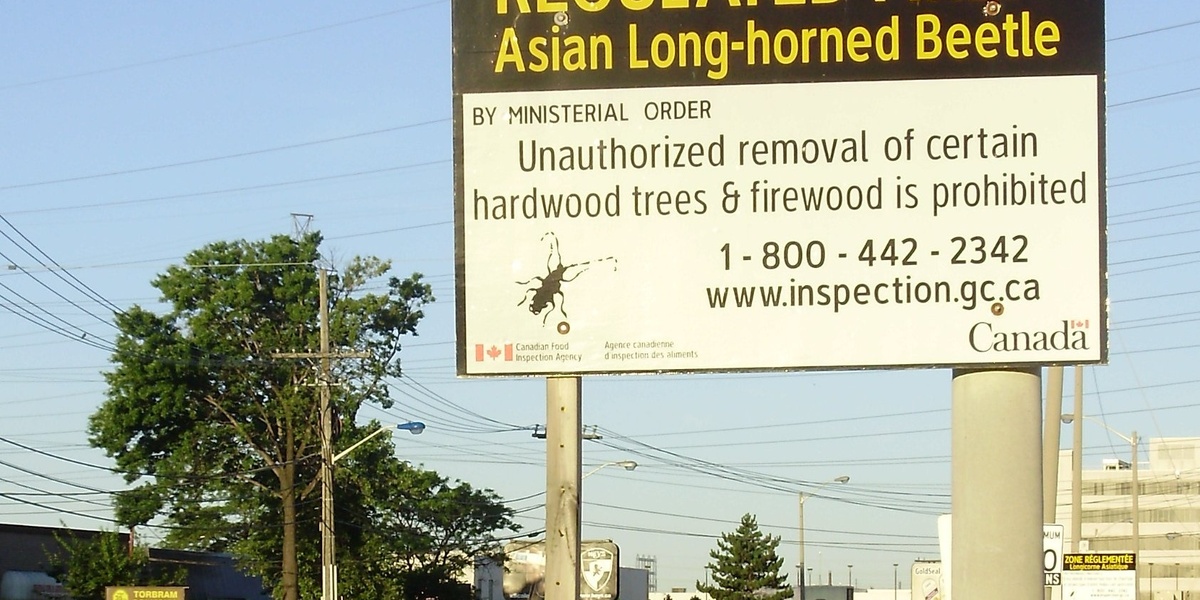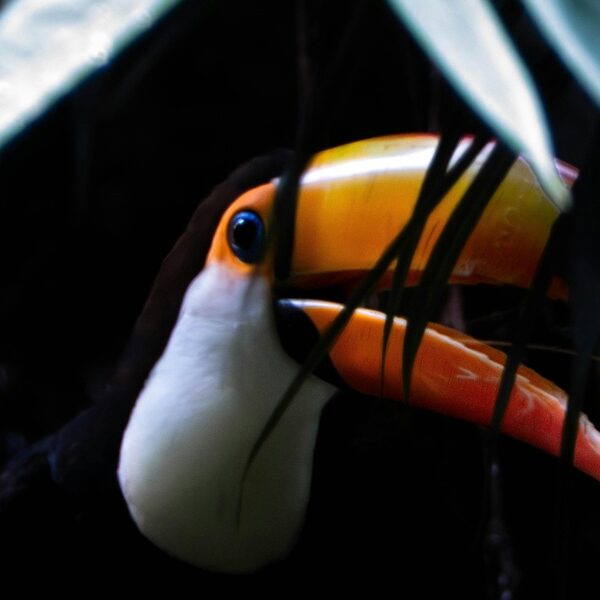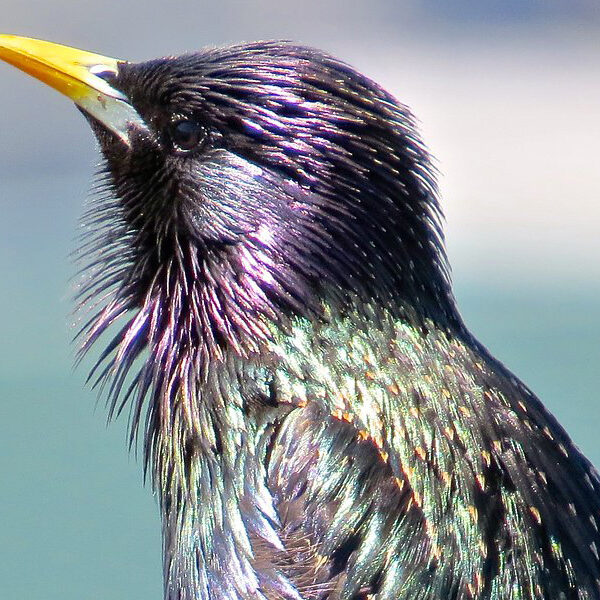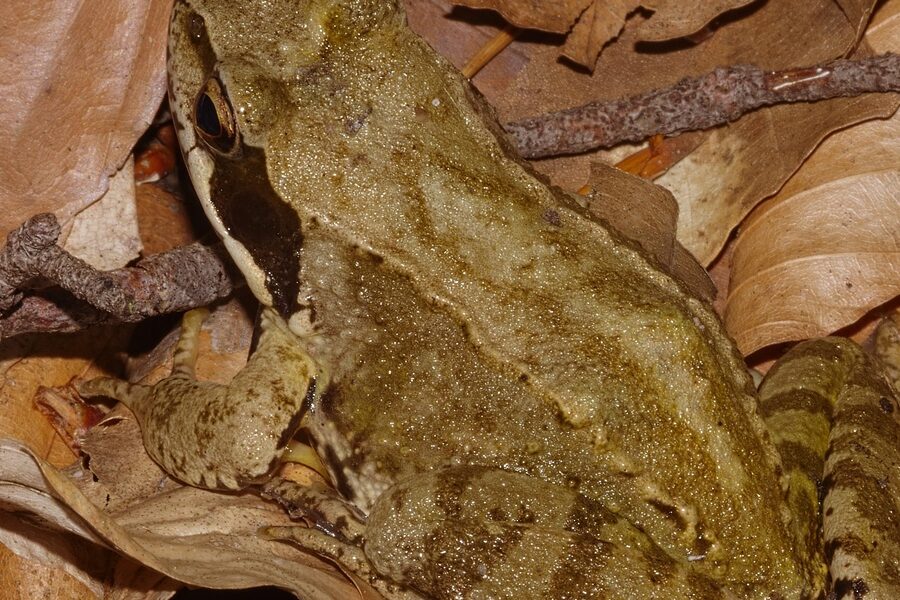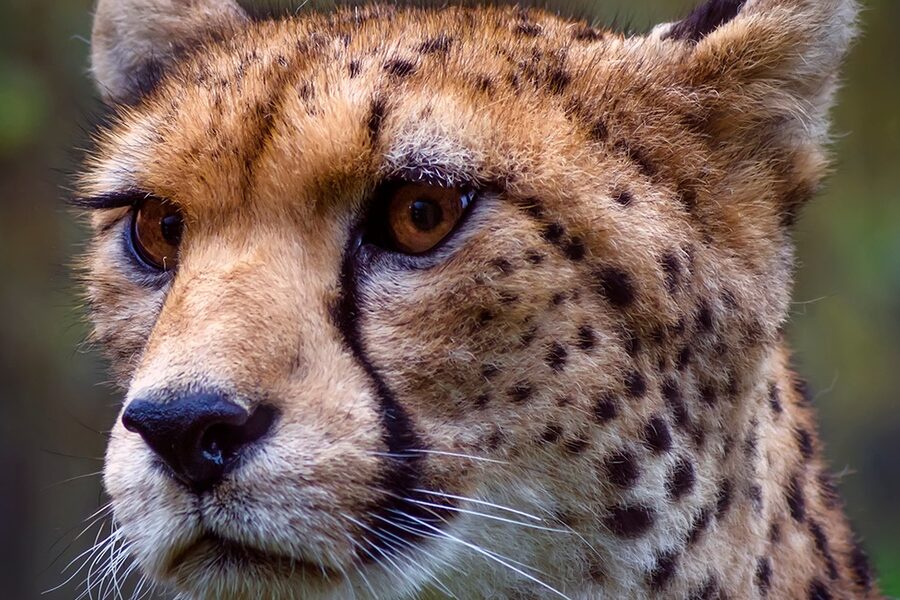Canada’s vast and diverse landscapes, from its pristine forests to its expansive waterways, are home to an incredible array of native wildlife and plant species. However, these delicate ecosystems constantly face threats that can silently but profoundly alter their balance. Understanding these pressures is a critical step in preserving our natural heritage.
To shed light on one of these significant challenges, we’ve compiled a comprehensive list. Below, you’ll find 54 Invasive Species in Canada, ranging from the widely impactful Zebra mussel to the ecologically disruptive American bullfrog. For each entry, the data is organized to provide essential context, including its Scientific Name, Type, Origin, Primary Impact, and the Canadian Regions where it poses a threat.
Why are invasive species such a problem for Canada’s ecosystems?
Invasive species can outcompete native plants and animals for resources, disrupt food webs, introduce new diseases, and significantly alter habitats. This often leads to a decline in native biodiversity, threatens endangered species, and can incur substantial economic costs through damage to agriculture, forestry, and fisheries. Their presence fundamentally changes the natural balance of an area.
How do invasive species typically arrive in Canada?
Most invasive species are introduced unintentionally through human activities, often as hitchhikers. Common pathways include global trade, where species can be transported in shipping containers, vehicle tires, or ballast water of ships. They can also be introduced intentionally, for example, through the pet trade or for gardening, and then escape into the wild to establish new populations.
Invasive Species in Canada
| Species Name | Scientific Name | Type | Origin | Primary Impact | Canadian Regions |
|---|---|---|---|---|---|
| Emerald ash borer | Agrilus planipennis | Insect | Asia | Kills ash trees, causing widespread urban and forest tree loss | Ontario, Quebec, Manitoba, Alberta, Nova Scotia |
| Asian longhorned beetle | Anoplophora glabripennis | Insect | Asia | Kills hardwood trees, threatens urban and forest canopy | Ontario (eradication zones), Quebec (detections) |
| Spongy moth (formerly gypsy moth) | Lymantria dispar dispar | Insect | Europe/Asia | Defoliates forests and urban trees during outbreaks | Nova Scotia, Ontario, Quebec, British Columbia (surveillance) |
| Brown spruce longhorn beetle | Tetropium fuscum | Insect | Europe | Kills spruce trees, alters forest composition | Nova Scotia, Atlantic Canada |
| Asian lady beetle | Harmonia axyridis | Insect | Asia | Outcompetes native lady beetles and becomes a household nuisance | Across Canada |
| Brown marmorated stink bug | Halyomorpha halys | Insect | Asia | Damages fruit and vegetable crops, nuisance in buildings | Ontario, Quebec, British Columbia |
| Spotted lanternfly | Lycorma delicatula | Insect | Asia | Feeds on many plants including grapes and ornamentals; threatens agriculture | Ontario (detections and monitored risk) |
| Spotted wing drosophila | Drosophila suzukii | Insect | Asia | Damages soft fruit crops by laying eggs in ripening fruit | Ontario, British Columbia, Quebec |
| Japanese beetle | Popillia japonica | Insect | Japan | Defoliates many ornamental and crop plants; turf damage | Ontario, Quebec |
| Balsam woolly adelgid | Adelges piceae | Insect | Europe | Damages true firs and balsam, deforming and killing trees | Newfoundland and Labrador, Atlantic Canada (historical/ongoing impacts) |
| Sea lamprey | Petromyzon marinus | Fish | Atlantic Ocean | Parasitic predator that devastated Great Lakes fish populations | Great Lakes |
| Round goby | Neogobius melanostomus | Fish | Black Sea region | Competes with native fish and eats eggs, alters food webs | Great Lakes, St. Lawrence River |
| Common carp | Cyprinus carpio | Fish | Eurasia | Roots up vegetation and increases water turbidity, degrading lakes and wetlands | Widespread in freshwater across Canada |
| Zebra mussel | Dreissena polymorpha | Mollusc | Eurasia | Clogs water infrastructure and outcompetes native mussels; shifts food webs | Great Lakes, St. Lawrence, many inland lakes |
| Quagga mussel | Dreissena rostriformis bugensis | Mollusc | Eurasia | Similar impacts to zebra mussel but tolerates deeper/colder waters | Great Lakes, inland lakes in Ontario and elsewhere |
| Asian clam | Corbicula fluminea | Mollusc | Asia | Competes with native bivalves and can clog intakes | Ontario, Quebec, parts of central Canada |
| New Zealand mud snail | Potamopyrgus antipodarum | Mollusc | New Zealand | Replaces native invertebrates, alters food webs in streams | British Columbia, parts of western Canada |
| European green crab | Carcinus maenas | Crustacean | Europe | Preys on shellfish and seagrass, altering estuary habitats | Atlantic Canada, British Columbia (coastlines) |
| Rusty crayfish | Faxonius rusticus | Crustacean | Ohio Valley and surrounding U.S. | Displaces native crayfish and reduces aquatic vegetation | Ontario, Quebec, parts of eastern Canada |
| Asian shore crab | Hemigrapsus sanguineus | Crustacean | Asia | Competes with native crabs and alters shore communities | Atlantic Canada coasts |
| Purple loosestrife | Lythrum salicaria | Plant | Europe/Asia | Invades wetlands, reducing habitat quality for wildlife | Across southern Canada |
| Common reed (invasive lineage Phragmites) | Phragmites australis (Eurasian lineage) | Plant | Eurasia | Forms dense, monotypic stands that displace marsh plants | Ontario, Quebec, British Columbia, Maritimes |
| Eurasian watermilfoil | Myriophyllum spicatum | Plant | Eurasia | Forms dense underwater mats that impede boating and outcompete native plants | Lakes and rivers in Ontario, British Columbia and elsewhere |
| Flowering rush | Butomus umbellatus | Plant | Eurasia | Chokes shorelines and shallow water habitat, hindering boating | Ontario, Manitoba, Saskatchewan |
| Water chestnut | Trapa natans | Plant | Europe/Asia | Forms dense floating mats that impede navigation and wildlife | Isolated infestations in Ontario |
| Japanese knotweed | Fallopia japonica | Plant | East Asia | Aggressively colonizes riparian zones, damages infrastructure | British Columbia, Ontario, Quebec, Atlantic Canada |
| Giant hogweed | Heracleum mantegazzianum | Plant | Caucasus region/Eurasia | Outcompetes natives and its sap causes severe burns and blisters | British Columbia, Ontario, Quebec, Manitoba, Nova Scotia |
| Garlic mustard | Alliaria petiolata | Plant | Europe | Smothers forest understory and alters soil chemistry | Ontario, Quebec, parts of western Canada |
| Leafy spurge | Euphorbia esula | Plant | Eurasia | Invades grassland and rangeland, toxic to livestock | Prairies: Alberta, Saskatchewan, Manitoba |
| Spotted knapweed | Centaurea stoebe | Plant | Eurasia | Invades pastures and rangeland, reduces biodiversity | Prairies, British Columbia, Ontario |
| Scotch broom | Cytisus scoparius | Plant | Europe | Forms dense coastal thickets, reduces native plants | Coastal British Columbia |
| Gorse | Ulex europaeus | Plant | Europe | Creates dense, thorny stands that displace natives and fuel fires | Coastal British Columbia |
| Himalayan blackberry | Rubus armeniacus | Plant | Europe/Western Asia | Forms impenetrable thickets, outcompetes native shrubs | British Columbia, Ontario |
| Oriental bittersweet | Celastrus orbiculatus | Plant | Asia | Climbs and strangles trees and shrubs, changing forest structure | Ontario, Quebec, Maritimes |
| Dutch elm disease | Ophiostoma novo-ulmi | Fungus | Europe/Asia | Kills elm trees, reshaping urban and riparian forests | Across Canada |
| White-nose syndrome | Pseudogymnoascus destructans | Fungus | Europe | Causes massive bat mortalities, disrupting insect control and ecosystems | Eastern and central Canada |
| Chestnut blight | Cryphonectria parasitica | Fungus | Asia | Decimated American chestnut populations, altering forests | Historical and remnant cases in eastern Canada |
| Phytophthora ramorum (sudden oak death) | Phytophthora ramorum | Oomycete | Unknown origin (non-native) | Kills many woody plants and threatens forests and nurseries | British Columbia (nursery detections and containment) |
| Didymo (“rock snot”) | Didymosphenia geminata | Algae | Likely Eurasia | Forms thick mats that smother stream habitats and alter food webs | Rivers in British Columbia and other cold-water systems |
| Asian carp (Bighead carp)* | Hypophthalmichthys nobilis | Fish | Asia | Potential to outcompete native fish for plankton; high ecological risk if established | Great Lakes watershed (high risk areas and monitoring) |
| Asian carp (Silver carp)* | Hypophthalmichthys molitrix | Fish | Asia | Jumping behavior and competition with native fish; serious Great Lakes threat | Great Lakes watershed (surveillance and prevention) |
| Asian carp (Grass carp) | Ctenopharyngodon idella | Fish | Asia | Consumes vast amounts of aquatic vegetation, altering habitat | Great Lakes watershed (management focus) |
| Asian carp (Black carp) | Mylopharyngodon piceus | Fish | Asia | Eats native mussels and snails, threatens native biodiversity | Great Lakes watershed (surveillance) |
| Signal crayfish | Pacifastacus leniusculus | Crustacean | Pacific northwest (introduced to some regions) | Competes with native crayfish and spreads disease | Introduced populations in parts of Canada (localized) |
| Red-eared slider | Trachemys scripta elegans | Reptile | Southeastern U.S. and introduced globally | Outcompetes native turtles when released pet populations establish | Ontario, British Columbia (localized releases) |
| American bullfrog | Lithobates catesbeianus | Amphibian | Eastern and central U.S. | Predates and competes with native amphibians, alters wetlands | British Columbia (invasive on Vancouver Island and Lower Mainland) |
| European starling | Sturnus vulgaris | Bird | Europe | Competes with native cavity nesters, agricultural damage | Across Canada |
| House sparrow | Passer domesticus | Bird | Europe | Competes with native birds and is an urban pest | Across Canada |
| Norway rat | Rattus norvegicus | Mammal | Asia/Europe | Vector of disease, damages crops and infrastructure | Across Canada (urban and port areas) |
| House mouse | Mus musculus | Mammal | Asia/Europe | Pest of stored food and buildings, disease vector | Across Canada |
| European green crab (Pacific populations) | Carcinus maenas | Crustacean | Europe | Same as above; also invasive on Pacific coast | British Columbia coast |
| Spotted knapweed | Centaurea stoebe ssp. | Plant | Eurasia | Reduces forage and biodiversity in grasslands | Prairies and parts of British Columbia |
| Black striped mussel (quagga-like impacts) | Dreissena spp. | Mollusc | Eurasia | See zebra/quagga impacts where present | Localized freshwater systems under surveillance |
| Signal crayfish (alternative populations) | Pacifastacus leniusculus | Crustacean | Western North America (introduced elsewhere) | See signal crayfish impacts | Localized regions where introduced |
Images and Descriptions
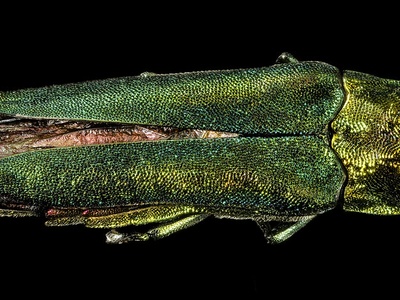
Emerald ash borer
Metallic green beetle whose larvae tunnel under bark and have killed millions of ash trees across affected regions
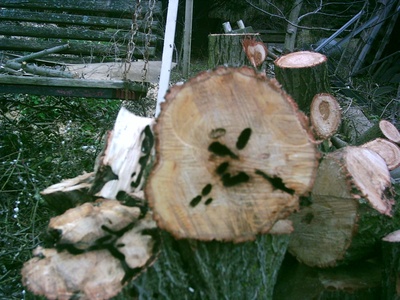
Asian longhorned beetle
Large black-and-white longhorned beetle that bores into maples and other deciduous trees; strict removal programs in place
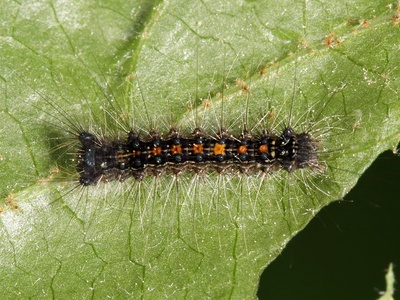
Spongy moth (formerly gypsy moth)
Caterpillars strip leaves from hundreds of tree species during spray and monitoring programs
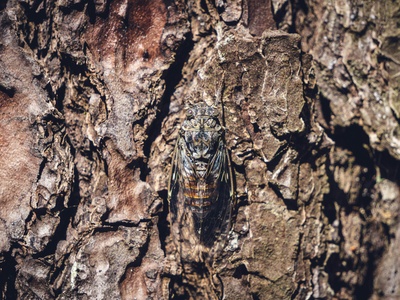
Brown spruce longhorn beetle
Wood-boring beetle that attacks weakened and healthy spruce; quarantines used to limit spread

Asian lady beetle
Colorful, variable-pattern ladybird that invades homes in fall and can harm native beneficial insects
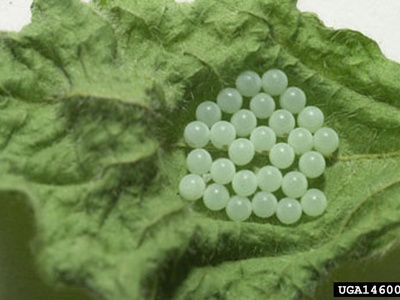
Brown marmorated stink bug
Shield-shaped bug that feeds on many crops and seeks shelter in buildings in autumn
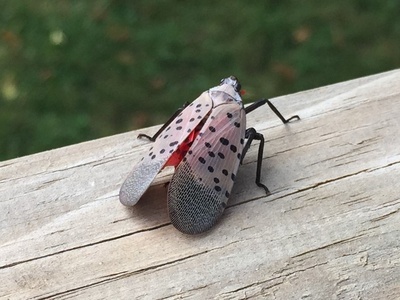
Spotted lanternfly
Large colourful planthopper that sucks sap, leaving honeydew and stressing plants
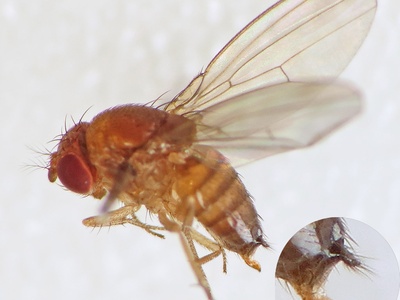
Spotted wing drosophila
Small vinegar fly that attacks berries and cherries, causing major losses to growers
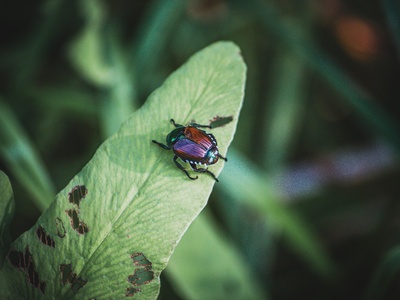
Japanese beetle
Metallic beetle that feeds on hundreds of plant species and is subject to quarantine and control
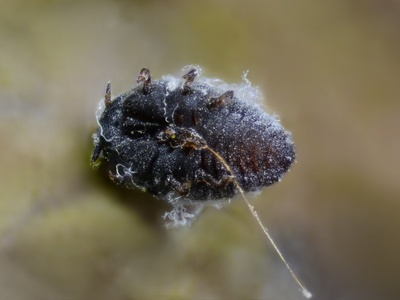
Balsam woolly adelgid
Sap-sucking insect that causes twig dieback and can reduce forest productivity
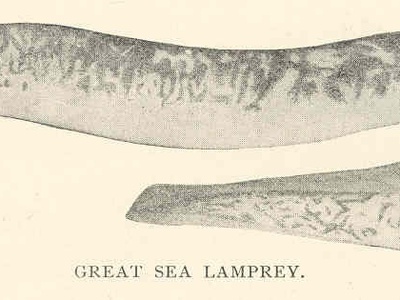
Sea lamprey
Eel-like parasite that attaches to and kills larger fish; controlled with barriers and lampricides
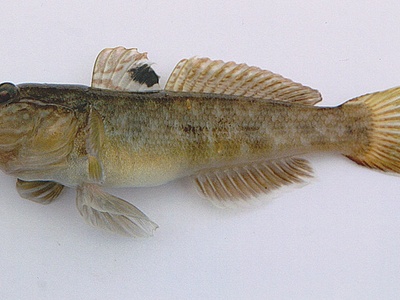
Round goby
Small bottom fish spread via ballast water that outcompetes native benthic species
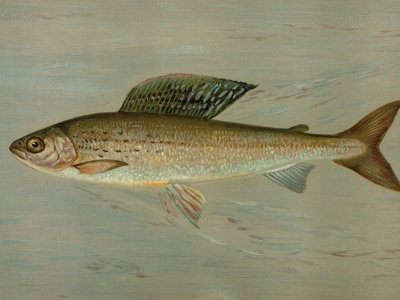
Common carp
Large omnivorous fish introduced for aquaculture/recreation that alters aquatic habitats
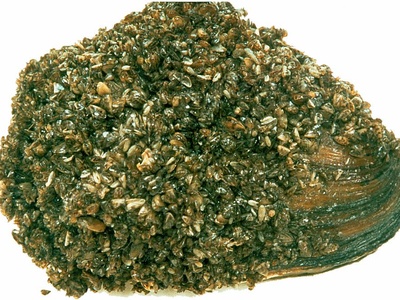
Zebra mussel
Small striped mussel that filters huge volumes of water and fouls boats, pipes and beaches

Quagga mussel
Non‑native mussel that radically alters lake ecosystems and infrastructure
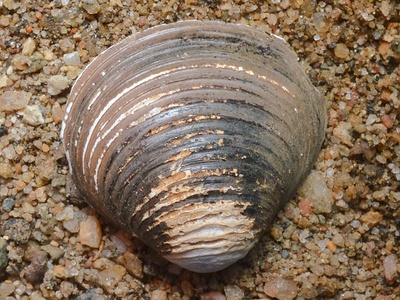
Asian clam
Small, fast-breeding clam that colonizes soft sediments in rivers and lakes
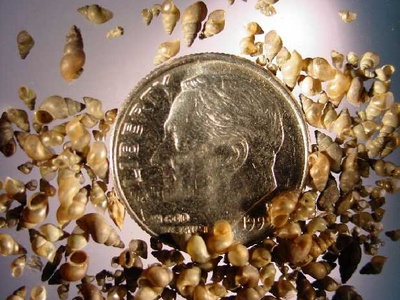
New Zealand mud snail
Tiny snail that forms dense colonies and survives being transported on gear
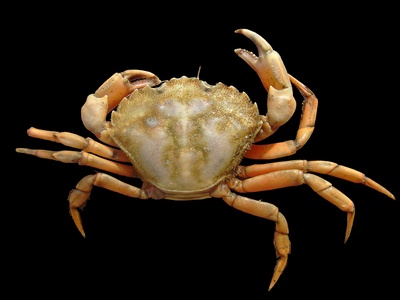
European green crab
Aggressive shore crab that damages fisheries and coastal ecosystems
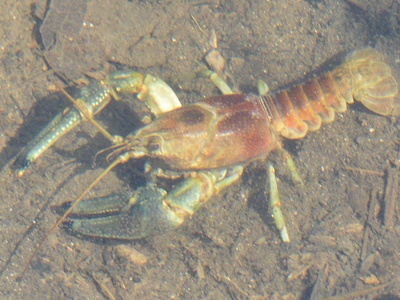
Rusty crayfish
Large invasive crayfish that eats plants and invertebrates, changing lake food webs
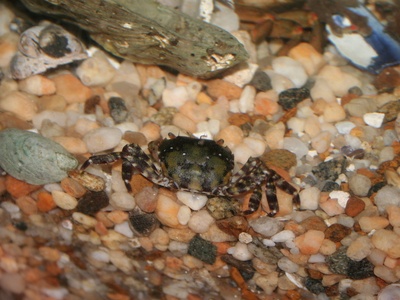
Asian shore crab
Small intertidal crab that colonizes rocky shores and preys on native invertebrates
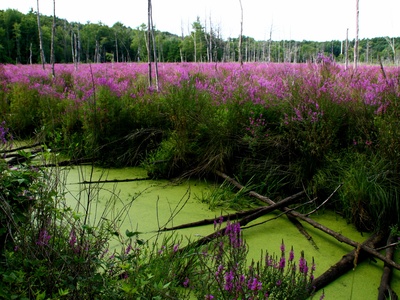
Purple loosestrife
Tall wetland plant with showy purple spikes that forms dense stands in marshes and shorelines
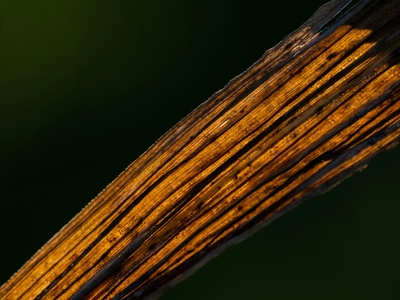
Common reed (invasive lineage Phragmites)
Tall reed that creates thick stands, reducing wetland biodiversity and access
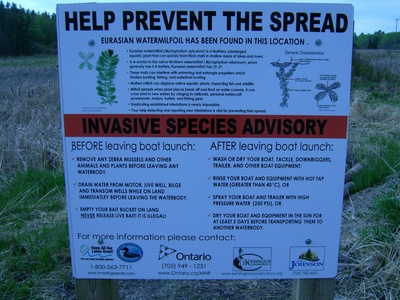
Eurasian watermilfoil
Feathery submerged plant that spreads by fragments and fouls shorelines

Flowering rush
Aquatic perennial with pink umbrella-like flowers that spreads by bulbs and rhizomes

Water chestnut
Floating plant with spiny seeds that creates thick surface mats in calm waters
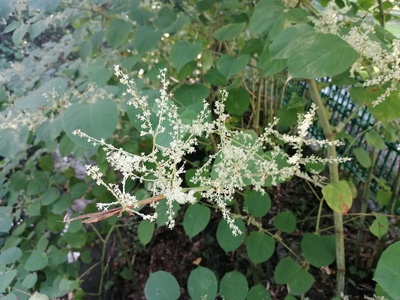
Japanese knotweed
Stout bamboo-like stems and rapid growth make it costly and difficult to eradicate
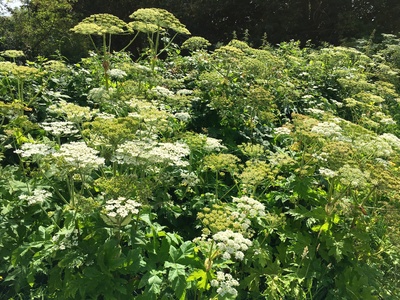
Giant hogweed
Very large umbel weed with phototoxic sap that can scar skin for life
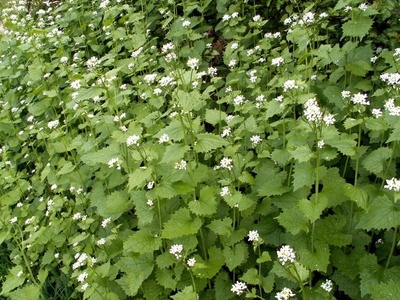
Garlic mustard
Biennial herb that invades shady forests and outcompetes native wildflowers
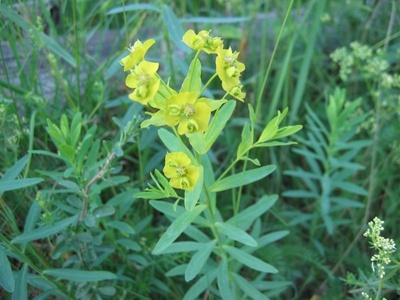
Leafy spurge
Perennial with milky sap and yellow-green flowers that reduces forage value
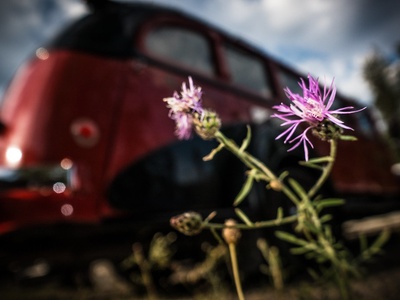
Spotted knapweed
Thistle-like plant that forms dense stands and decreases grazing quality
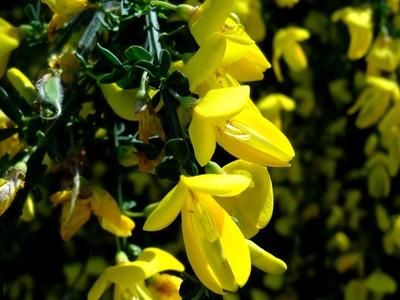
Scotch broom
Bright yellow flowering shrub that spreads on disturbed sites and increases fire risk
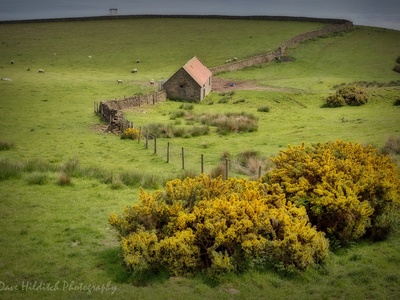
Gorse
Spiny shrub with bright yellow blossoms that is a persistent nuisance and hazard
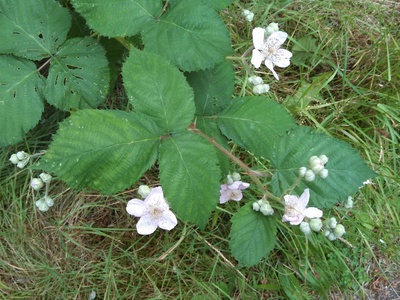
Himalayan blackberry
Large robust blackberry producing abundant fruit and thorny thickets that are difficult to remove
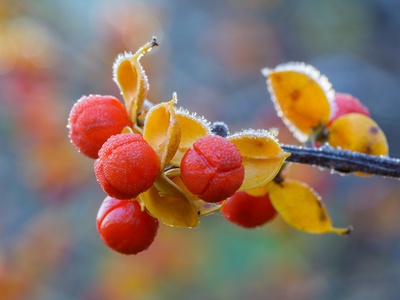
Oriental bittersweet
Twining vine with orange berries that girdles hosts and shades out vegetation

Dutch elm disease
Vascular fungal disease spread by bark beetles that devastated elm populations
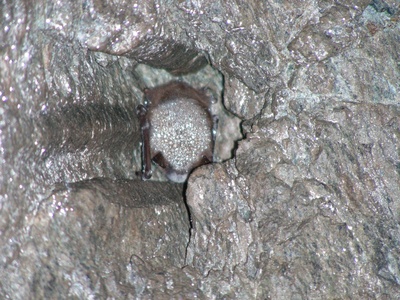
White-nose syndrome
Fungus that infects hibernating bats, causing high mortality and cascading ecological effects
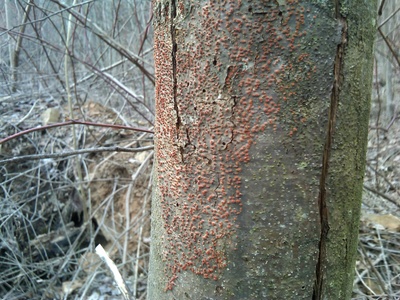
Chestnut blight
Fungal pathogen that virtually eliminated mature chestnut trees in North America

Phytophthora ramorum (sudden oak death)
Plant pathogen causing dieback in oaks and other trees; regulated to prevent spread
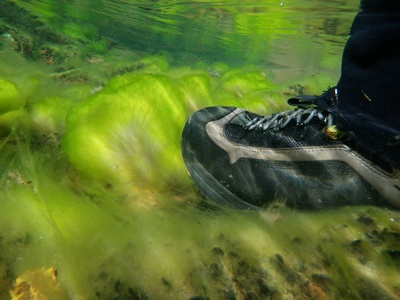
Didymo (“rock snot”)
Freshwater alga that creates dense, unsightly mats on streambeds and harms insect life
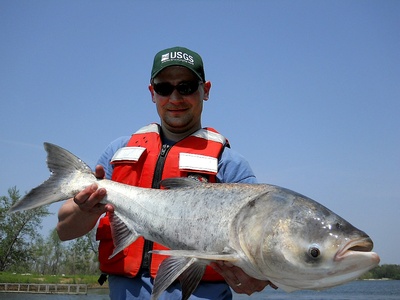
Asian carp (Bighead carp)*
Large filter-feeding carp considered a high-risk invasive; strict monitoring and barriers are in place
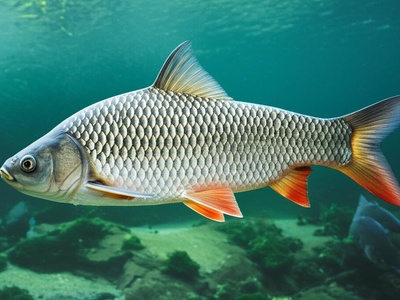
Asian carp (Silver carp)*
Known for leaping out of water and high-risk of ecosystem disruption if established
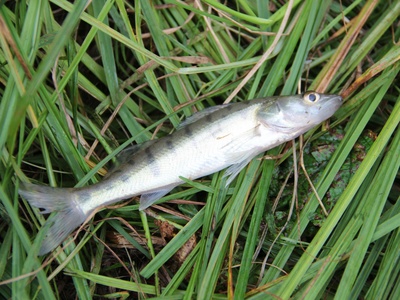
Asian carp (Grass carp)
Herbivorous carp used in control but can devastate aquatic plants when uncontrolled
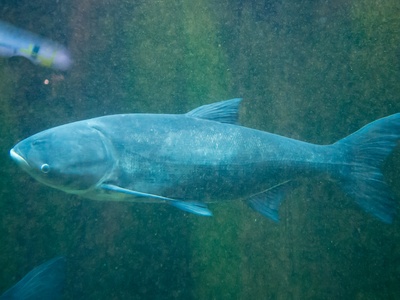
Asian carp (Black carp)
High-risk species for freshwater mussel conservation if it becomes established
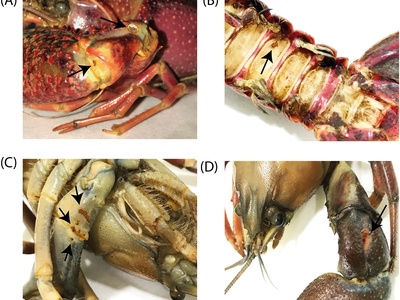
Signal crayfish
Large crayfish that can carry crayfish plague and alter aquatic communities
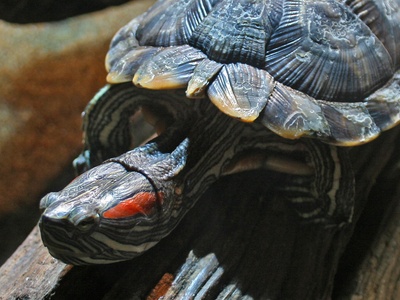
Red-eared slider
Popular pet turtle often released into the wild, where it competes with native species
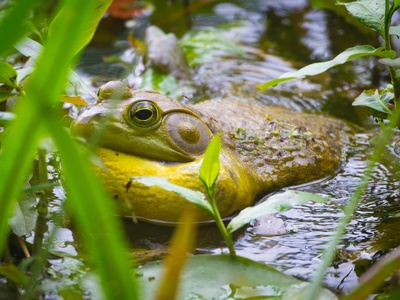
American bullfrog
Large frog introduced into western Canada that preys on smaller native frogs and insects
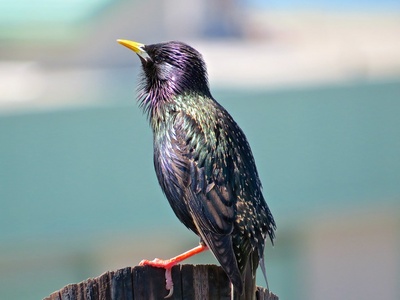
European starling
Aggressive blackbird introduced in the 19th century that forms large flocks and displaces native birds
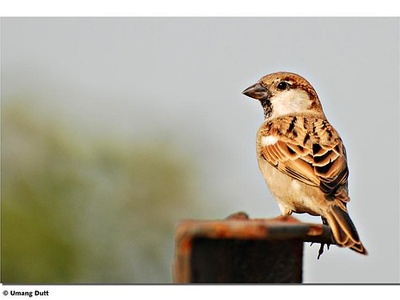
House sparrow
Small, adaptable bird commonly associated with human settlements that can reduce biodiversity in urban areas
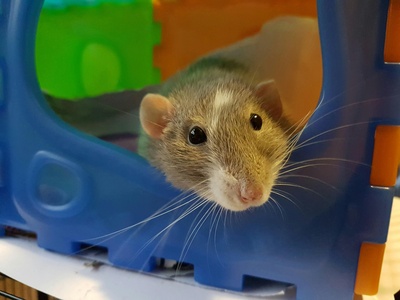
Norway rat
Common commensal rodent that causes economic and health problems in cities and ports
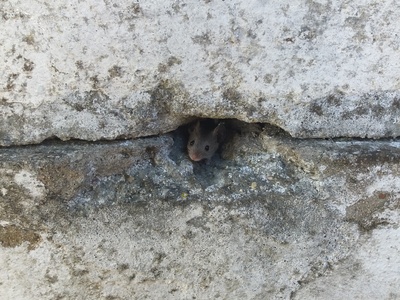
House mouse
Small rodent closely tied to human habitats that spreads rapidly and damages supplies
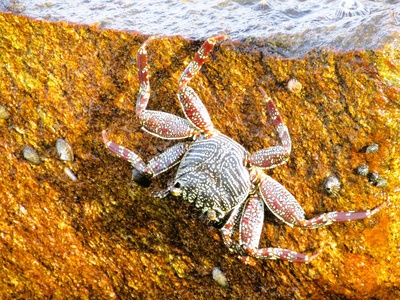
European green crab (Pacific populations)
Aggressive invader of both Atlantic and Pacific coasts, threatening shellfish and eelgrass

Spotted knapweed
Annual/perennial that crowds out native grasses and reduces grazing value
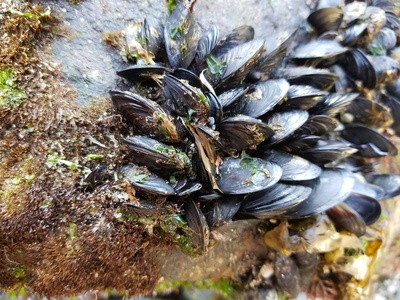
Black striped mussel (quagga-like impacts)
Non-native bivalves with high potential to alter freshwater ecosystems and infrastructure
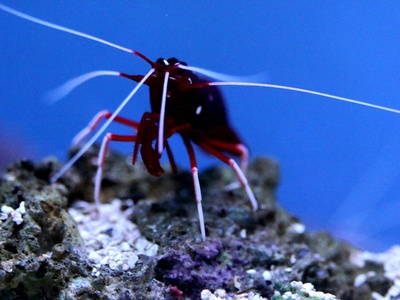
Signal crayfish (alternative populations)
Introduced populations can be harmful outside their native range due to disease and competition
